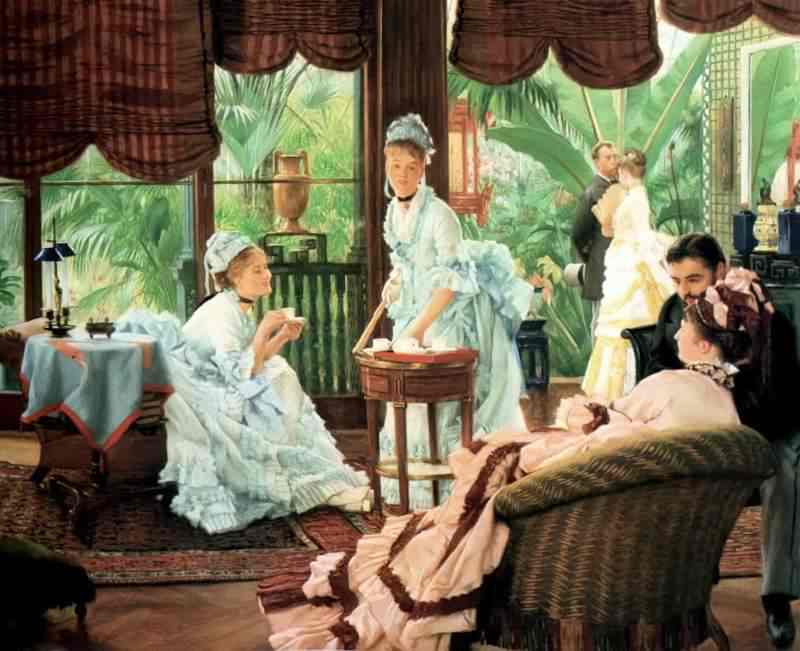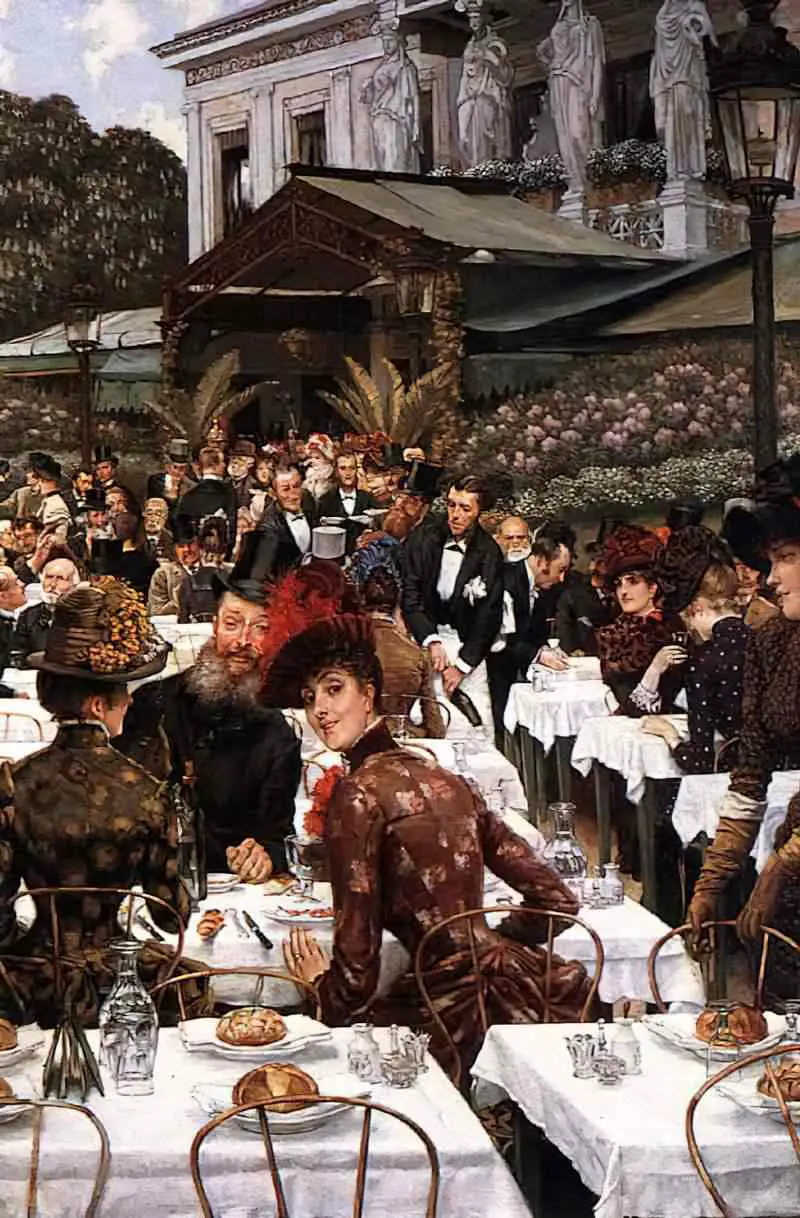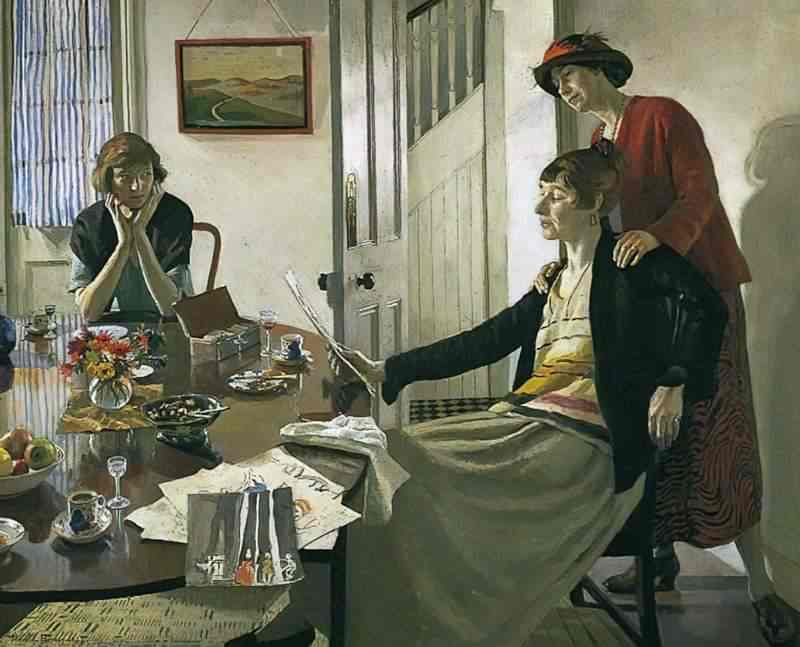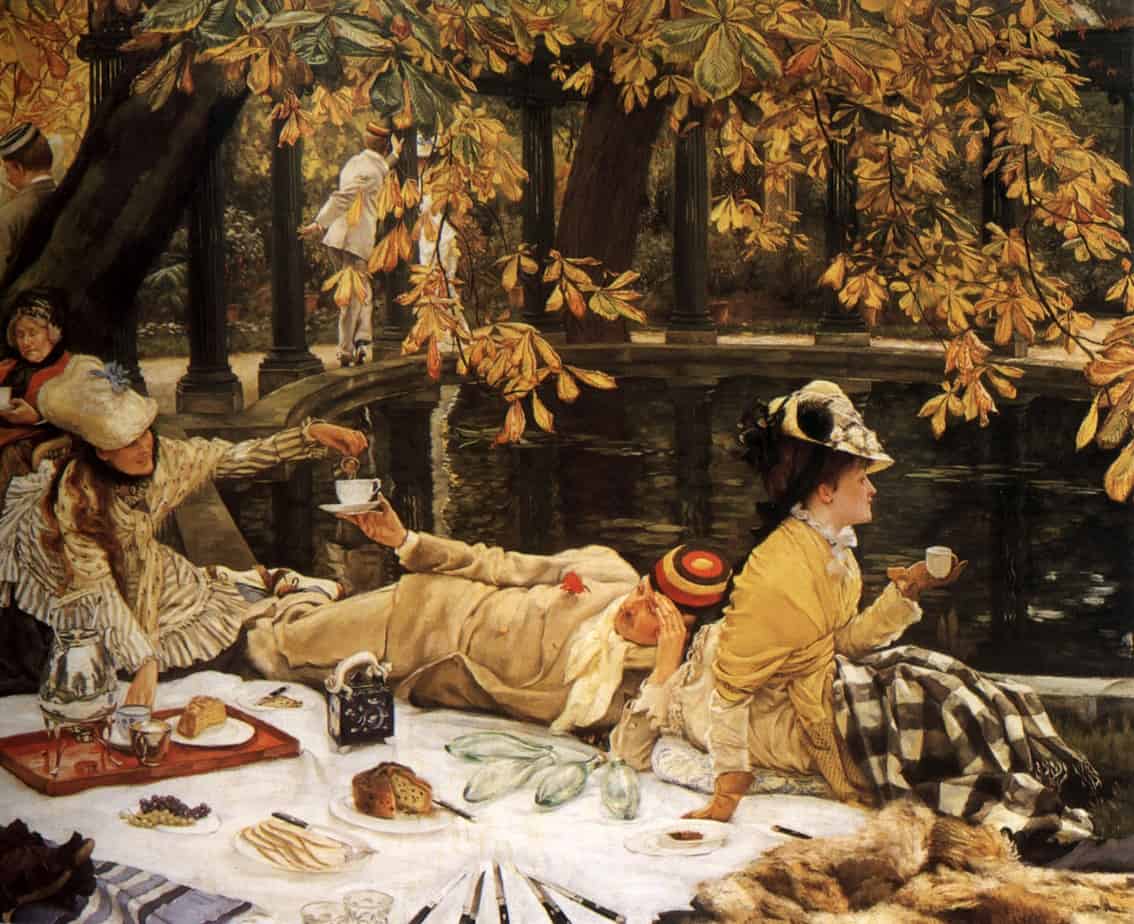“Feuille d’Album” (1917) is a short story by Katherine Mansfield, included in the Bliss collection. The word ‘album’ comes from Latin, neuter of albus ‘white’, and used as a noun means ‘a blank tablet’. This is the story of a man who appears to have no personality. Because of this, a group of women become fascinated by him, imagining he has deep, dark secrets. They endeavour to find out how he lives.
NARRATION OF “FEUILLE D’ALBUM”
The narrative voice of “Feuille d’album” has a strong personality. This is ‘the village voice’ of a subculture of women, society ladies, with the leisure to speculate about the life of an unfathomable young man of their acquaintance.
If this story were adapted for screen, I’d love Scottish actress Shirley Henderson to narrate in one of her English accents, for example that of Edith Dubarry in Miss Pettigrew Lives For A Day.
Although the viewpoint character is this nosy unseen narrator, the ‘main character’ is the story of Ian French. We must see her as unreliable. Here’s what she can know via the gossip mill:
- He is socially awkward in the women’s presence.
- He keeps a neat house (because some of them have visited)
- He gave an egg to the young woman who lives opposite.
- He may or may not have said “Excuse me Mademoiselle, you dropped this.” The gag is too perfect, a society tall tale (with a shaggy dog ending), and the result of many retellings.

Because she has such a distinctive voice, and feels so much a part of the society she describes, this narrator is clearly not omniscient. She is never present in Ian’s rooms. She doesn’t see him watching, scribbling things down. Therefore, the bulk of the story must be pure imagination on the narrator’s part. Highly imaginative narrators/characters are very useful in stories.

STORY STRUCTURE OF “FEUILLE D’ALBUM”
SHORTCOMING
He is probably the son of a wealthy family, highly trained in the arts. He may have been sent to France as a ‘remittance man‘ to keep him out of the way, as he may be embarrassing, socially. (Some commentators have speculated that Katherine Mansfield might have been a remittance woman, sent to Europe because she was a woman who loves woman.)
Through my contemporary lens, I understand Ian French as autistic. At first I suspected social anxiety.

But as the story progressed, a number of autistic-esque features hoved into view.
- Ian is very good at what he does, and he does that thing a lot (painting).
- He appears to freeze in social situations. Perhaps this is because he has a disability when it comes to reading social cues, and his way of dealing with this is to simply be quiet.
- He has a surprisingly well-ordered house.
- He has developed strategies to get things done on any given day. He writes himself notes, perhaps in the voice of a mother or nanny, who he still needs to hear from, if only in his head.
- He fixates on the woman with few clues. Obsessive love is common across the breadth of human experience, but Ian seems to fixate on her motherly aspects. He seems to see someone who could take care of him. The details he fixates on are unusual.
- Case in point, the egg. He (supposedly, and supposedly based on what the narrator has previously observed) really loves that egg, and he is perhaps attracted to it in a sensory kind of way. The flipside of sensory processing issues is that unexpected things can feel immensely pleasurable.
The character of Ian French was surely inspired by Mansfield’s interactions with human beings in real life, even if Ian French is a conglomeration. There is no ‘autism epidemic’ — in previous eras there was simply no name applied to neurodifference.
DESIRE
None of Ian’s issues would be a problem, except it appears he does want social connection, on his own terms, preferably one-on-one.

OPPONENT

Ian’s opponents are the society ladies who speculate about his private life, epitomised by the voice of the unseen narrator. These women position themselves as allies, checking up on him, but are counterproductive when it comes to Ian finding the social connections he wants. They clearly consider him a figure of fun. We deduce that he knows this, for he turns them away whenever they darken his door.
A man who is a figure of fun is unlikely to find his people. He must find a new connection, with a person outside the social clutches of these particular ladies of leisure.
Unfortunately for Ian, we can also deduce that whatever he said to the young woman about the egg has got back to the ladies of leisure. So in fact, the object of his affection has revealed herself (off the page) to be as dismissive as they are.
PLAN
Ian watches the girl until he knows her weekly schedule, then he plots a way to meet her. We don’t know he has plotted this, in the veridical truth of the story. Because of the unreliable narration, it’s possible he never talked to the young woman at all, and that the entire interaction with the egg is a comical fabrication. Nevertheless, that is the level zero story. Any metadiegetic discourse in which we’re told, “Psst, that’s not actually what happened!” is missing. We must check our own tendency to believe these stories. We must. not. listen. to this gossip. Leave the poor guy alone.
Back to the level zero story. Because Ian is so passive, the ‘planning’ comes from his opponents in the form of three women who visit his house. Notice how Mansfield is making use of the Rule of Three.
BIG STRUGGLE
The climax of this story is the meeting with the young woman who likes eggs. The story finishes after this scene.
the last few paragraphs of a novel are relatively unimportant. … A short story is much different. The climax may be the ending.
Nancy Kress, Beginnings, Middles and Ends
Until this moment, the storyteller has invited us into her gossipy world. I confess that I was expecting some sort of dark act — a stabbing, perhaps? This is entirely set up, of course. Plus there’s the history of salacious stories about women murdered by stalker men. So this climax is an example of an anticlimax, which also subverts our expectations of crime and melodrama.
The story has closed with a perspectival shift. In many short stories, a notable change of perspective marks that the narrative may now come to a halt.
ANAGNORISIS
These final two steps are left for the reader to ‘write’.
The plot revelation, arrived at via deduction is the part where we realise the young woman may have gone back to the ladies of leisure and told them the story about the egg, making Ian look hopelessly silly and an object of fun.
NEW SITUATION
Ian has found himself in the wrong society. He may find like-minded people eventually, perhaps in the art world. I hope he did.
Header painting is byJames Jacques Joseph Tissot – Holyday. I imagine Ian stands partially hidden by the tree trunk on the leftmost edge.

